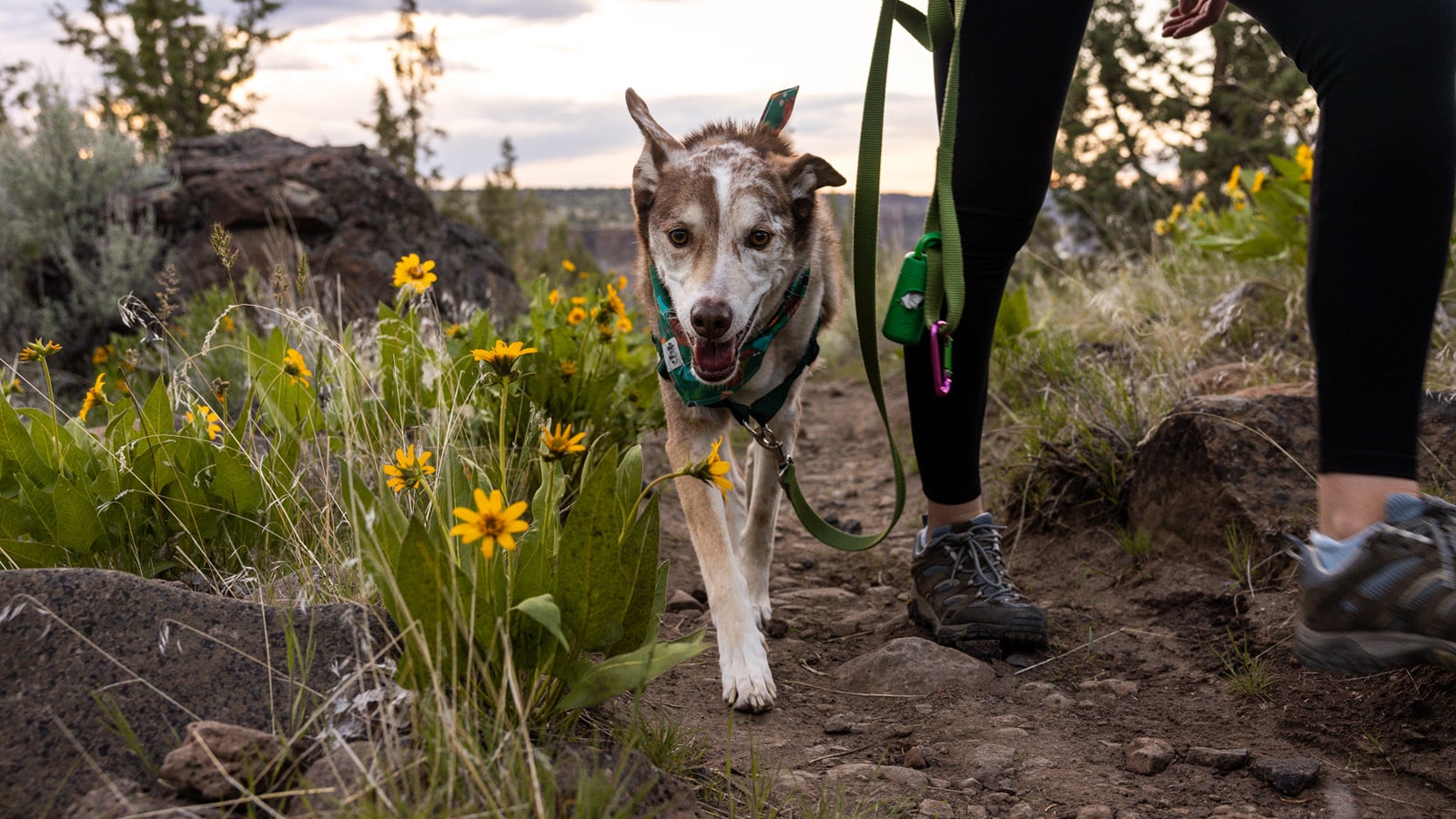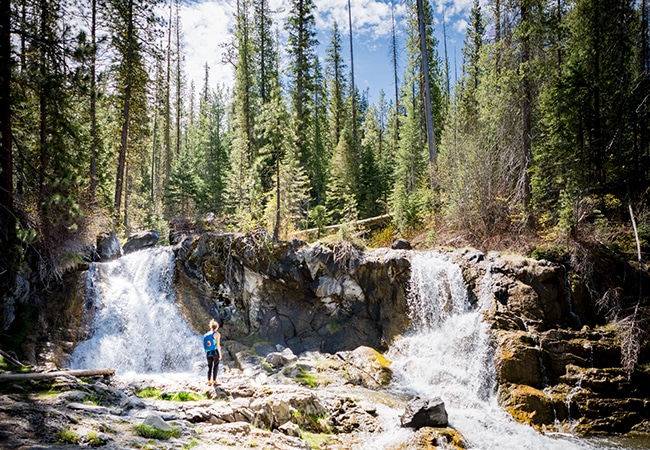Leave No Trace
By following the principles of Leave No Trace, we work together to protect our forests, deserts, rivers, streams, mountains, and wildlife from human impact.
These seven principles of Leave No Trace provide an easily understood framework of minimum impact practices for anyone visiting the outdoors. Leave No Trace can be applied anywhere, from remote wilderness areas to local parks.

